A STUDY of Zimbabwe's beef sector by the Competition and Tariff Commission (CTC) has revealed that farmers are getting a raw deal from other players in the beef supply chain, with retail outlets getting the fattest portion.
A report, produced by the competition watchdog, revealed that there was collusion between cattle buyers to suppress cattle prices, a situation that resulted in cattle producers not benefiting from the high beef prices on the market.
"Beef is expensive and this does not tally with the producer prices and the wholesale prices at abattoirs," said the report launched in Harare a fortnight ago.
The CTC undertook a probe of the beef sector with the objective of providing an in-depth sector analysis of how the beef value chain operates and to indentify barriers to entry, potential dysfunctions within the sector, the possibility of restrictive practices and other general challenges.
The commission concluded that the sector was not well regulated and farmers were the biggest losers as they have very limited room to manoeuvre.
"Consequently, cattle marketing is susceptible to serious competition concerns. The study also found that due to this regionalisation of the cattle buying, abattoirs and other buyers form rings or are colluding during auctions to suppress prices," the report said.
"The aforementioned practice may lead to the collapse of the auction system and hence farmers become more vulnerable to buyers' abusive powers due to lack of alternative markets. These practices discourage farmers from producing good quality cattle or even to work on the betterment of the industry."
The report indicated that the prevailing regime enabled abattoirs to sell to butcheries that would make profits of between 30 percent and 37 percent, while supermarkets made super profits of as much as 118 percent.
"Players in the distribution stage have strongly integrated backward and forward as a way of cost containment. Abattoirs are now involved in both wholesaling and retailing and therefore competing with their customers. Players who used to be solely retailers are now into cattle buying and only seek slaughter services from abattoirs for a fee. It was observed that average margins being charged at the retail level for carcass products was 33,98 percent … most of the specialised cuts have price margins above 100 percent," the report said.
The research established that fees that were previously the responsibility of buyers were now being borne by farmers.
"Regulatory costs for each beast from its birth to slaughter amount to $98,66 split inter alia to the RDC (Rural District Councils) cattle levy, AMA (Agricultural Marketing Authority) registration, EMA (Environmental Management Agency) registration and inspection fees, meat inspection and grading fees and veterinary cattle movement permit. In principle, these charges are supposed to be levied on cattle buyers and abattoirs. However, ultimately, it is farmers who bear the burden of all these taxes through reduced prices and deductions."
The report also highlighted that farmers were not happy that abattoirs were not paying them for the so-called fifth quarter, which is everything on a beast outside the traditional four quarters - the two forequarters and the two hindquarters.
This includes the skin, the head, hooves, the heart, liver, kidneys, tongue, stomach, skirt, tripe, intestine, tail, blood among others.
Farmers are only paid for the four quarters, which usually make up for 60 percent of a carcass' total weight.
This is despite the fact that everything making up this fifth quarter is sold.
The CTC recommended that the grading system should be changed so that abattoirs also pay for this to allow the farmers to recoup some of their costs.
Abattoirs claim they inherited the same model that was used by the Cold Storage Company (CSC) when it was the dominant player in the local beef industry.
The CTC indicated that when CSC purchased cattle from farmers, it provided transport to ferry the animals from the farms and this saved the farmers a lot of money, which allowed them to forfeit the extra income from the fifth quarter.
It recommended that abattoirs either "adopt the CSC practice whereby abattoirs pay farm-gate prices to farmers, provide transport for ferrying the cattle and retain the fifth quarter, or attach value on the fifth quarter of not less than $60,00 since on average at wholesale the value is $112,00".
- fingaz
 Concern over Masvingo black market
Concern over Masvingo black market  Kenya declares three days of mourning for Mugabe
Kenya declares three days of mourning for Mugabe  UK's Boris Johnson quits over Brexit stretegy
UK's Boris Johnson quits over Brexit stretegy  SecZim licences VFEX
SecZim licences VFEX  Zimbabwe abandons debt relief initiative
Zimbabwe abandons debt relief initiative  European Investment Bank warms up to Zimbabwe
European Investment Bank warms up to Zimbabwe  Young Investment Professional (YIP) Graduate Programme 2019
Young Investment Professional (YIP) Graduate Programme 2019 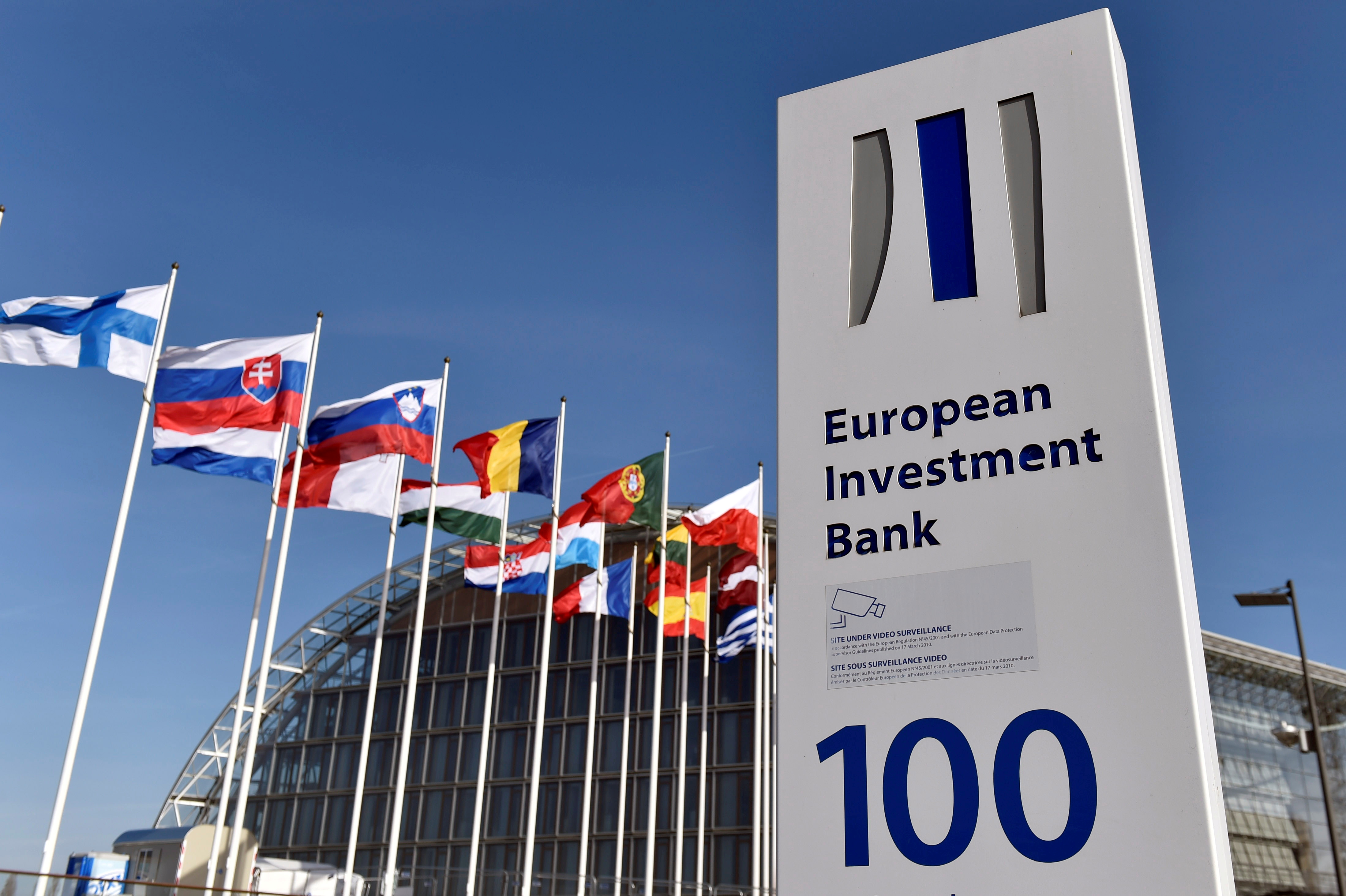



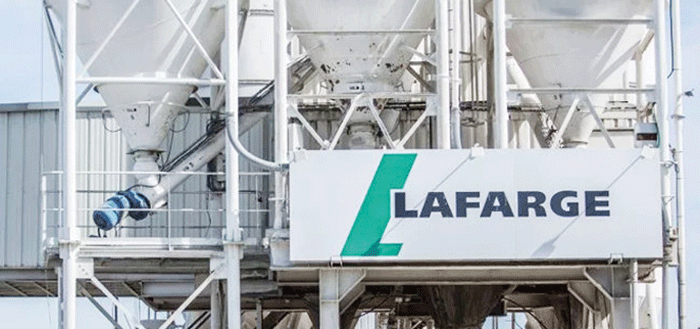
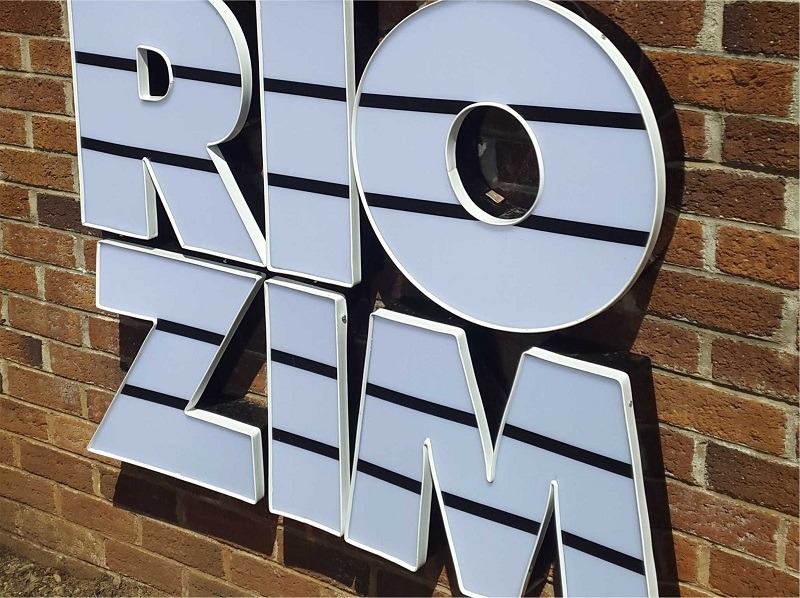


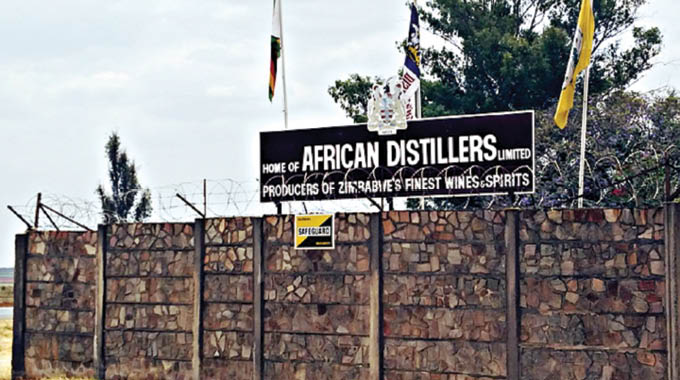


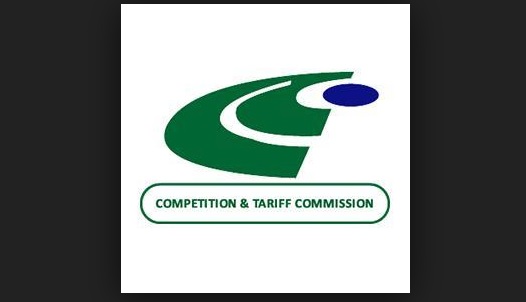
 Young Investment Professional (YIP) Graduate Programme 2019
Young Investment Professional (YIP) Graduate Programme 2019
Editor's Pick